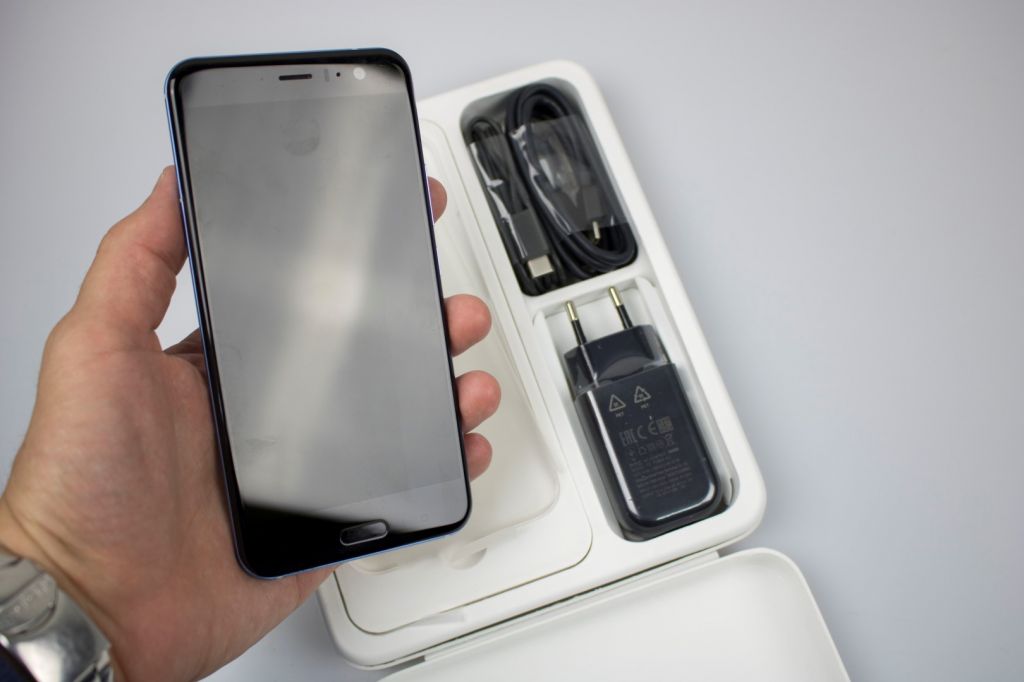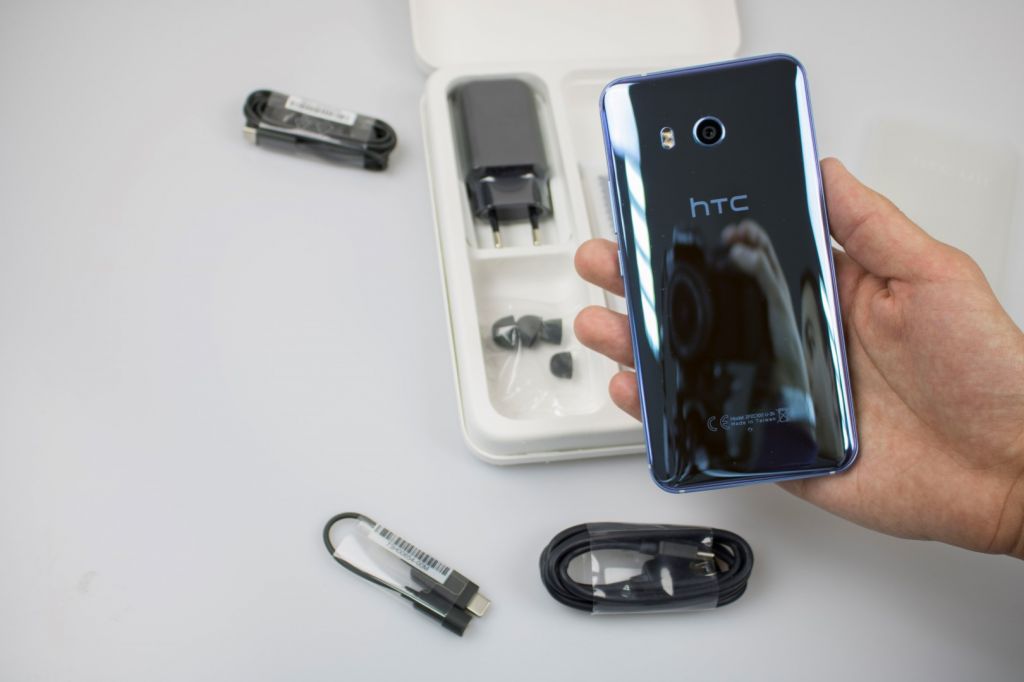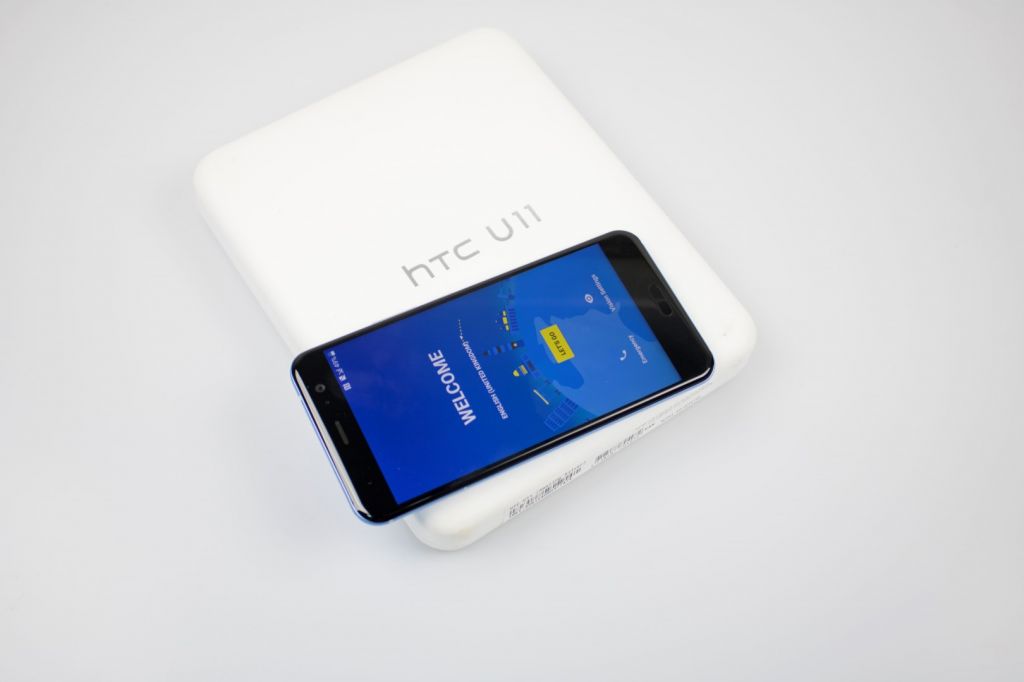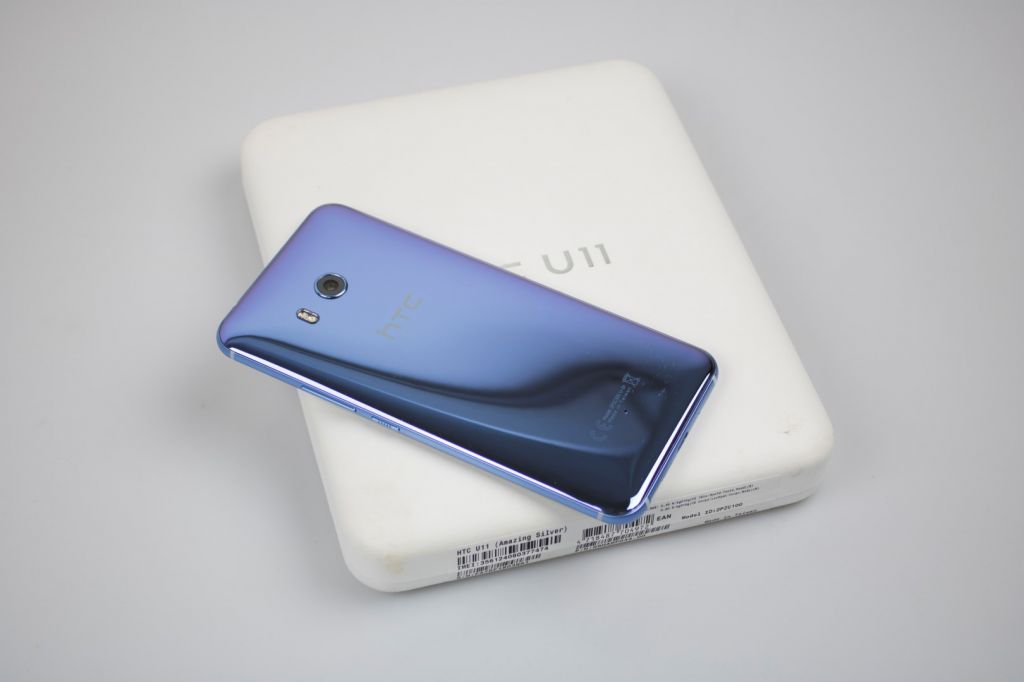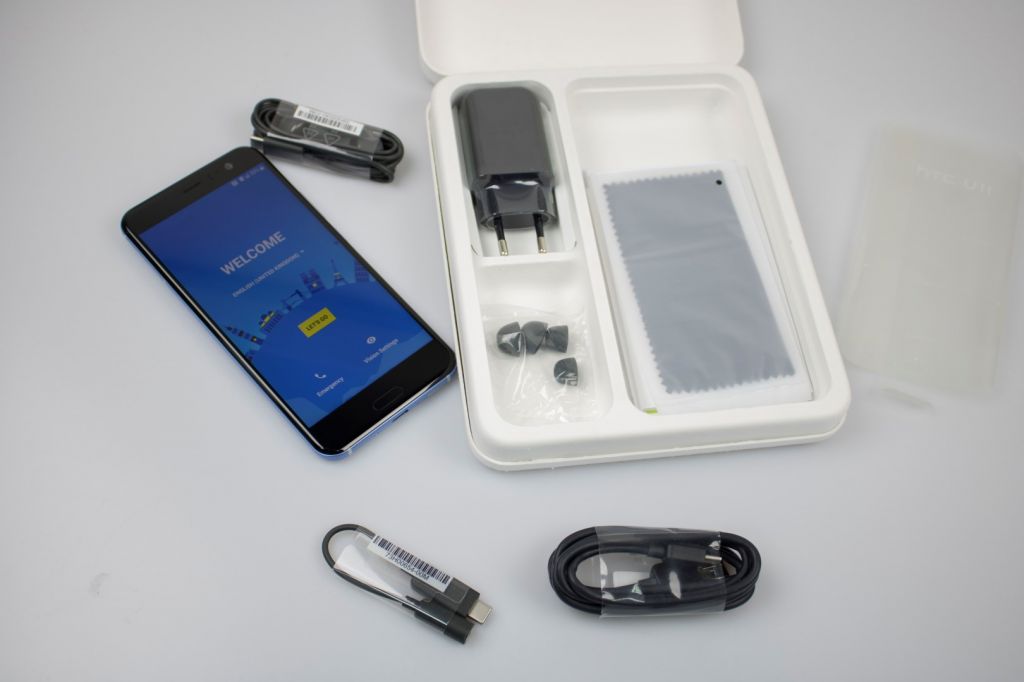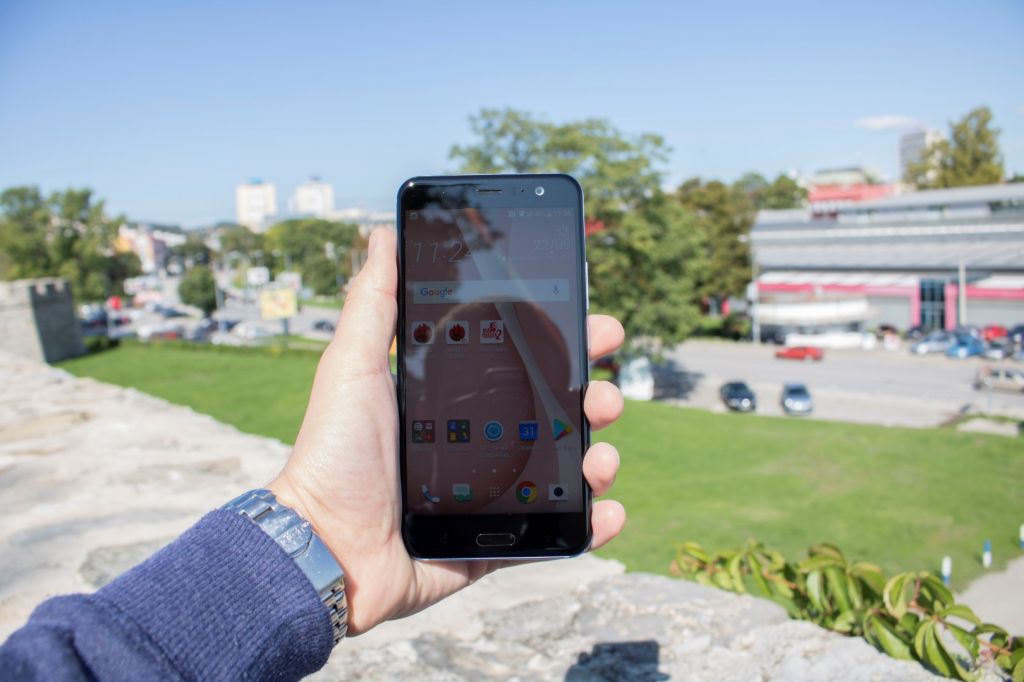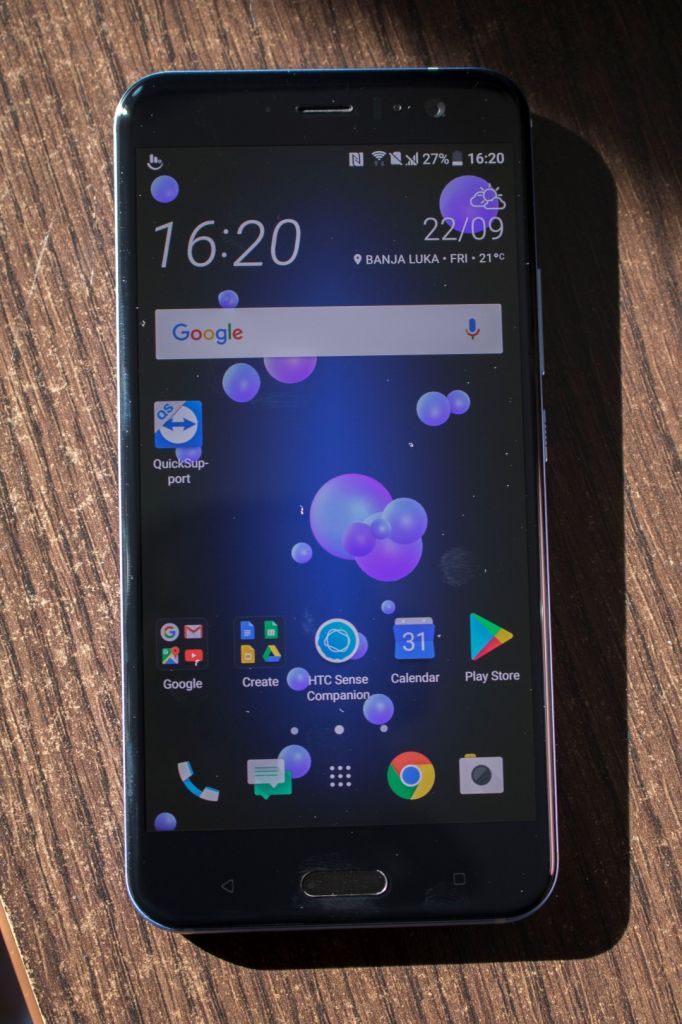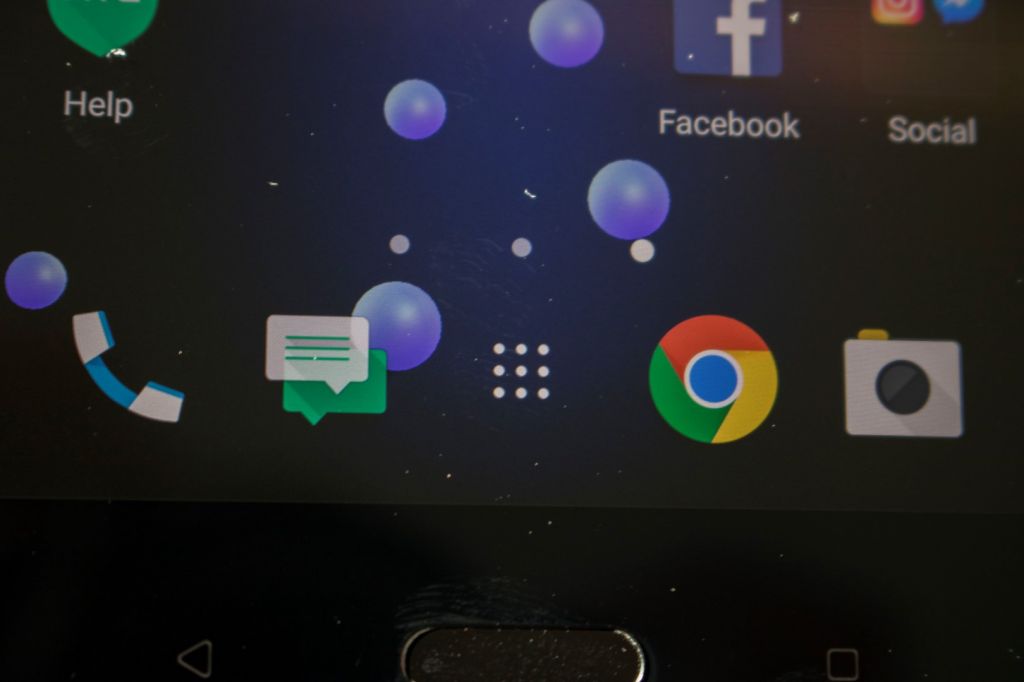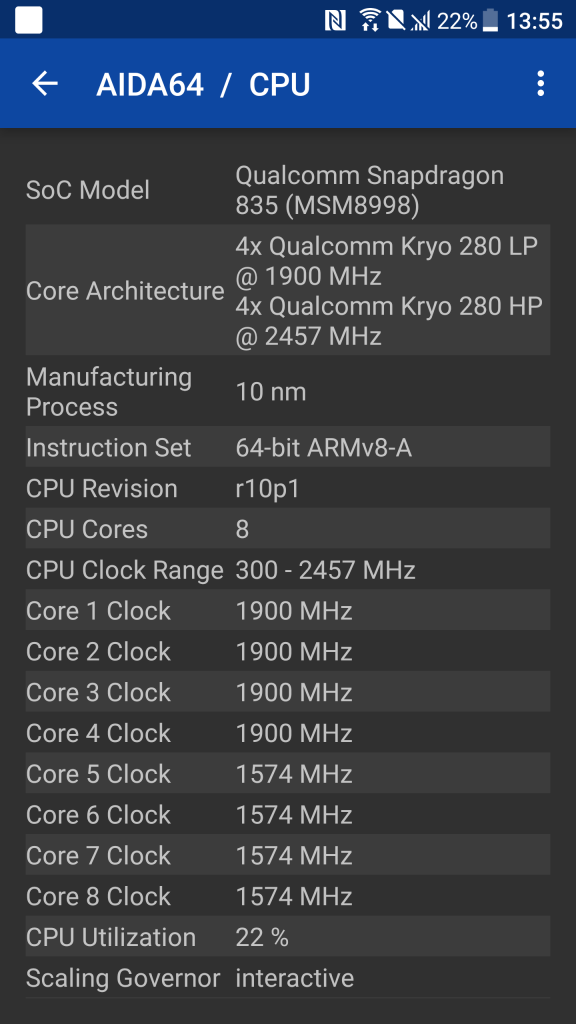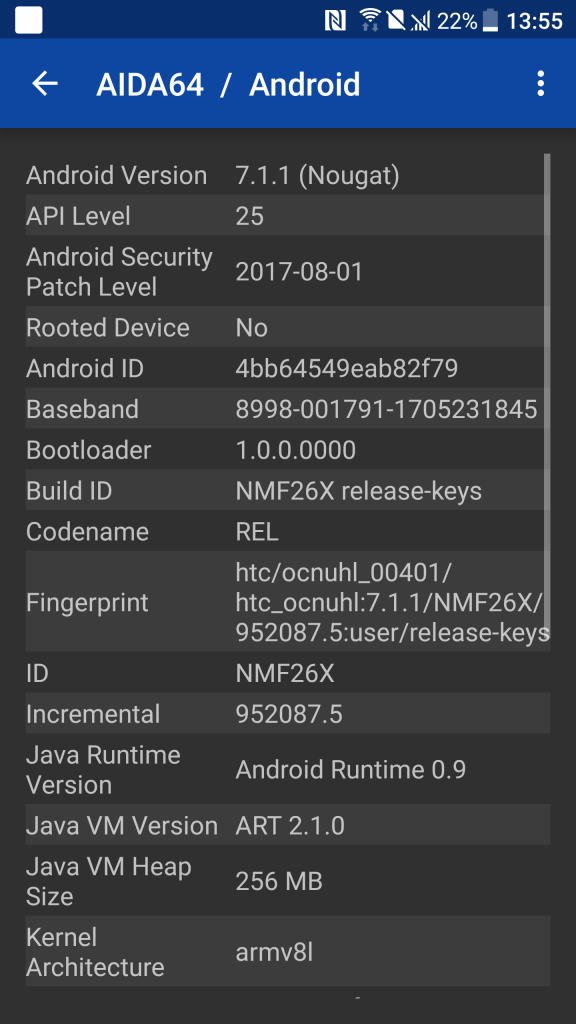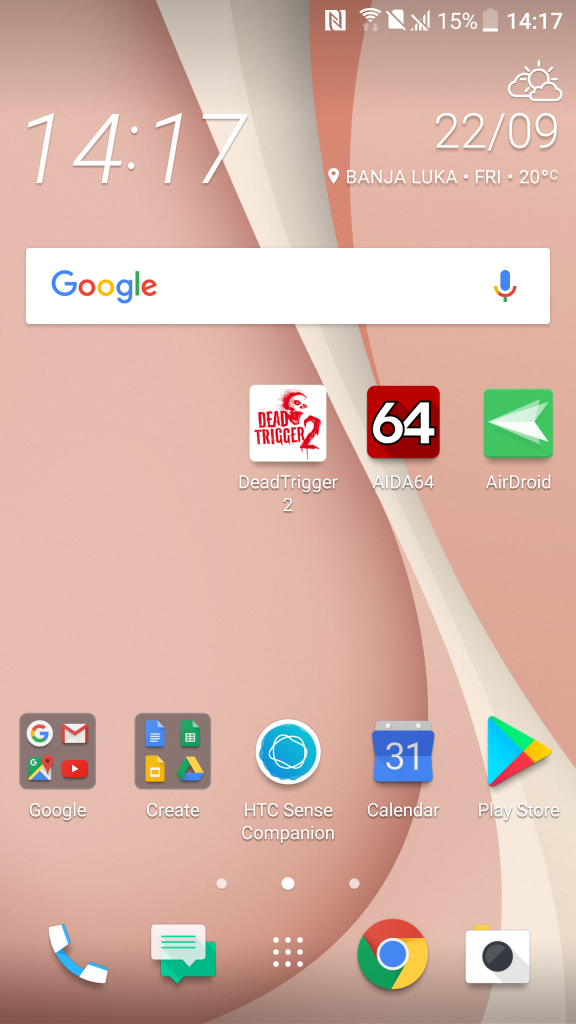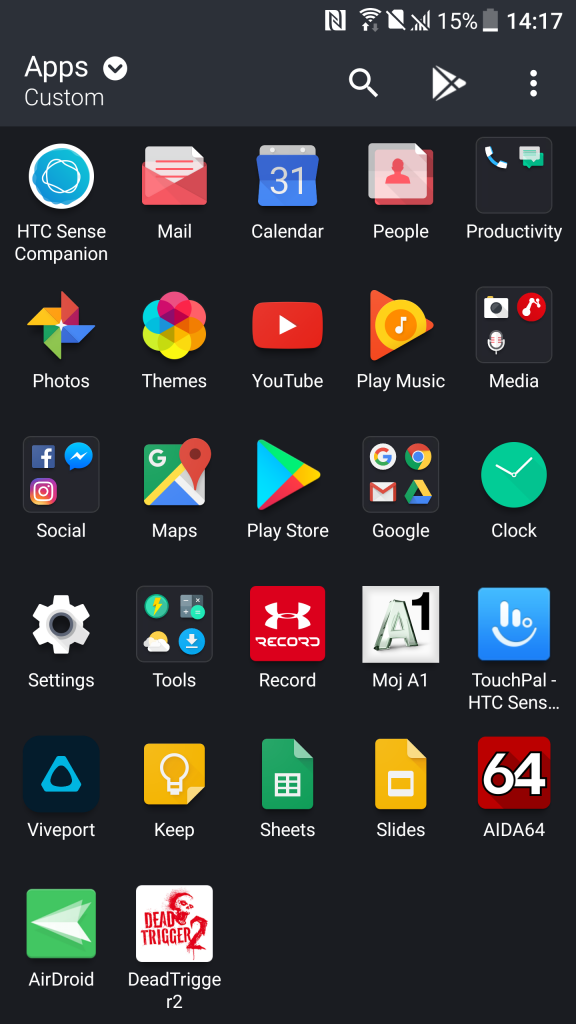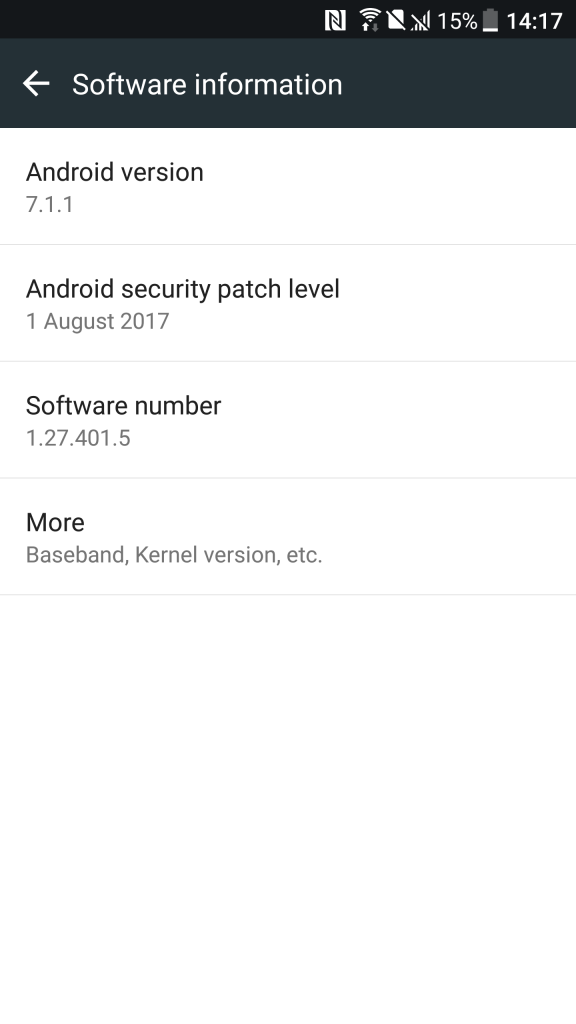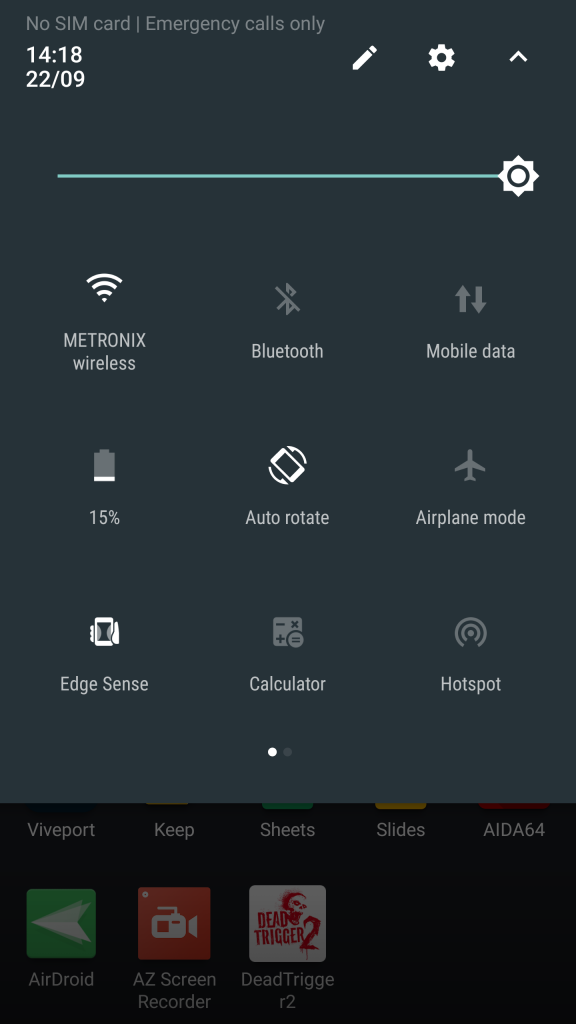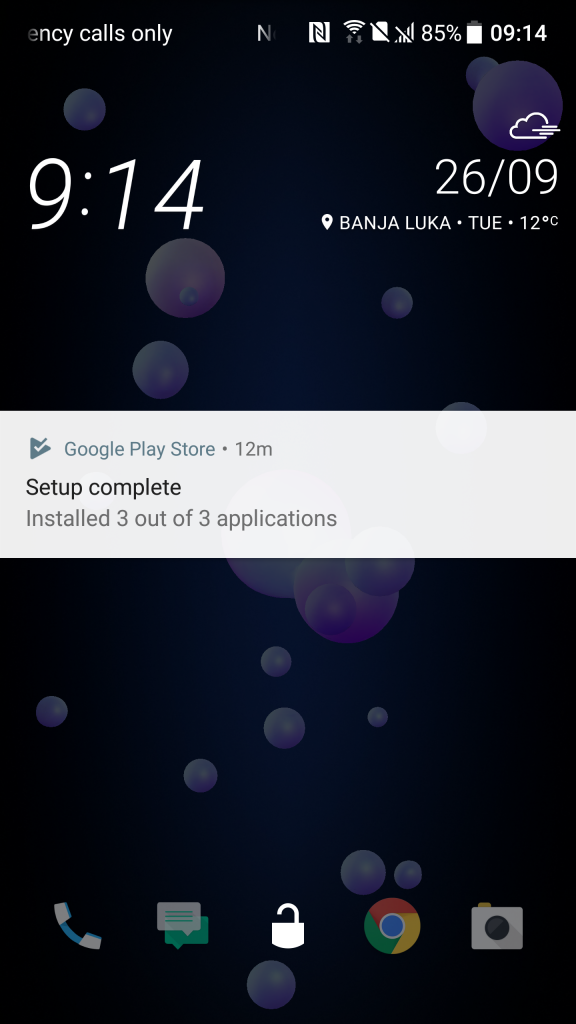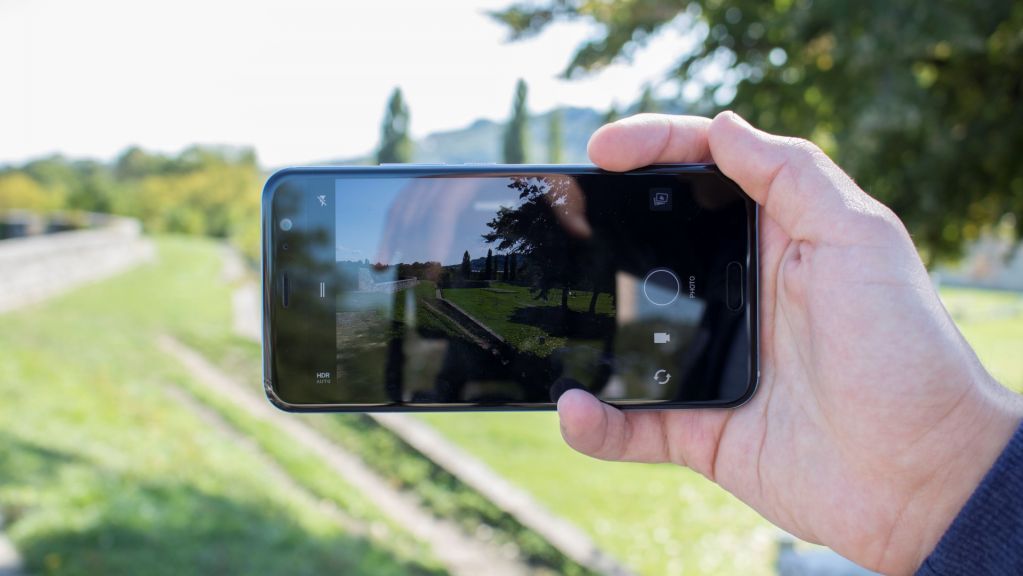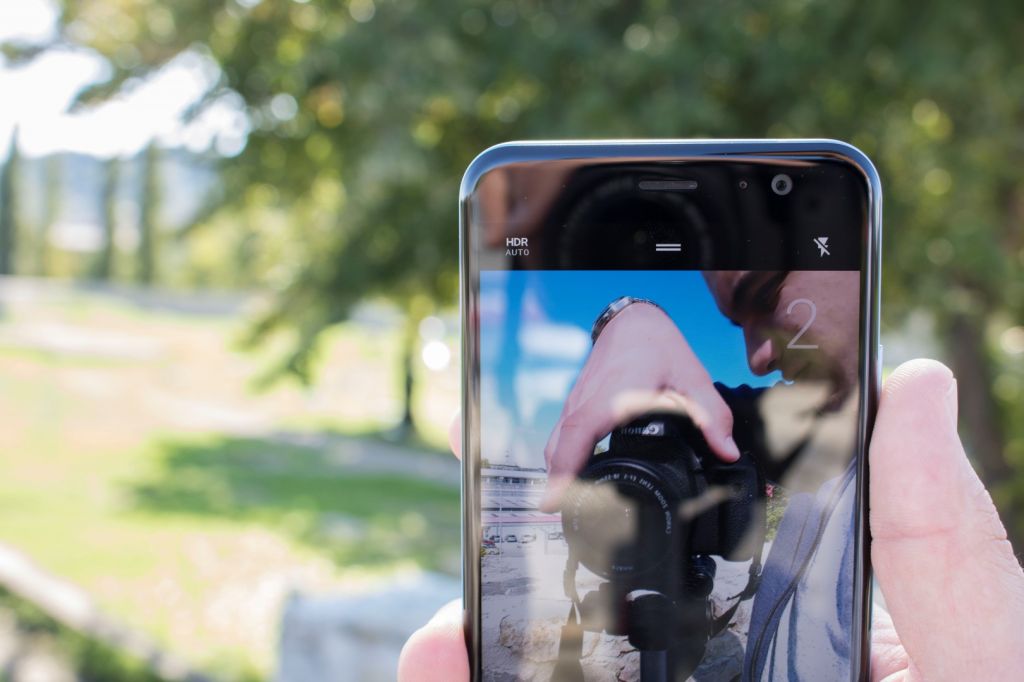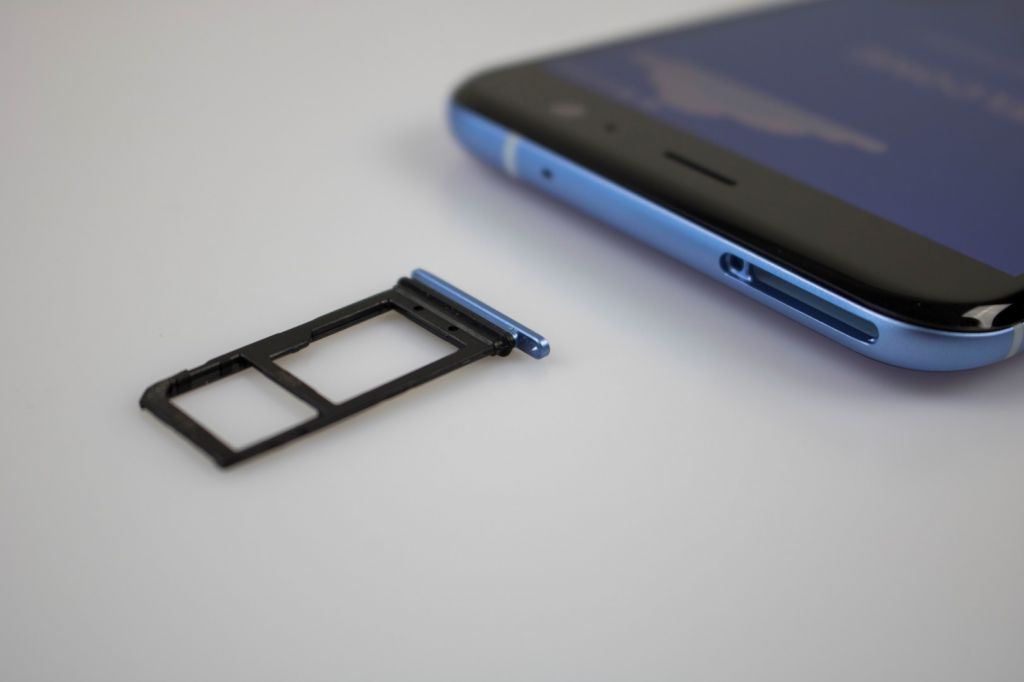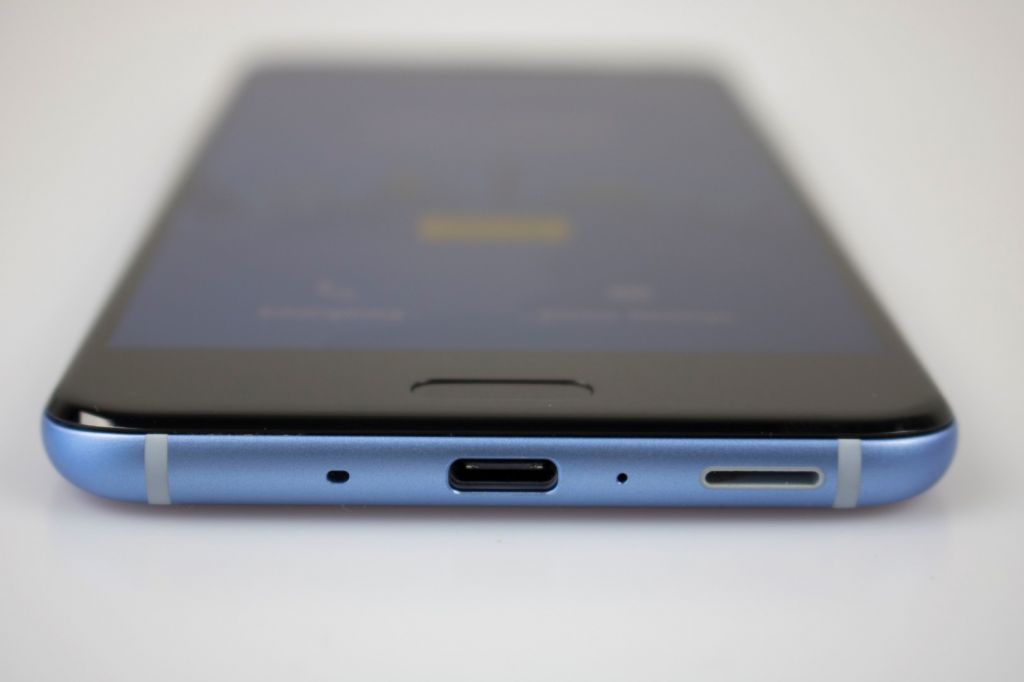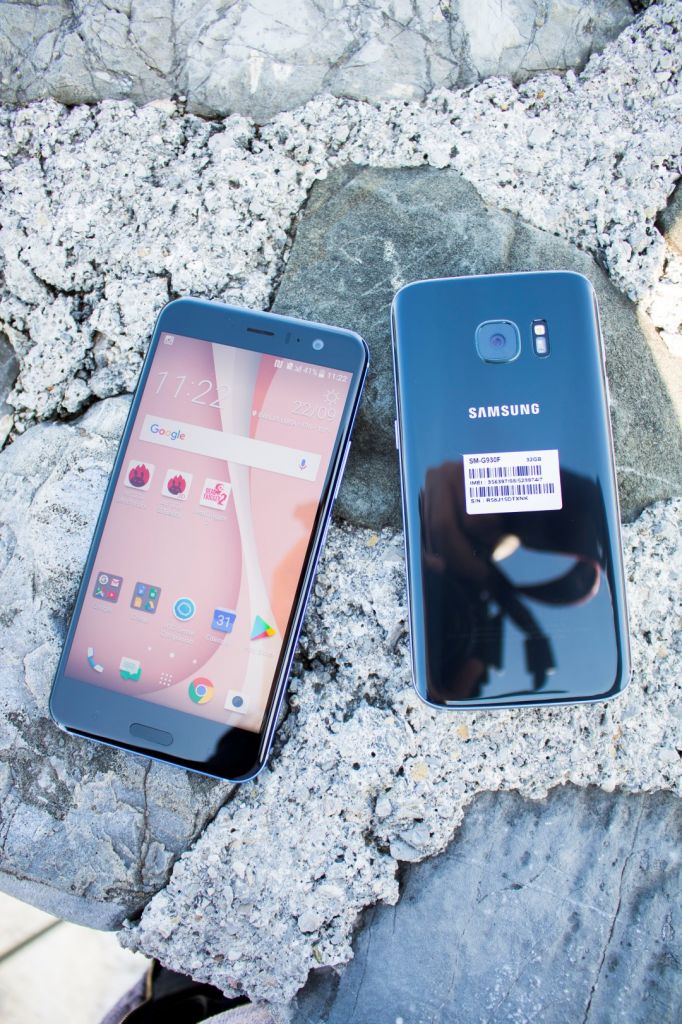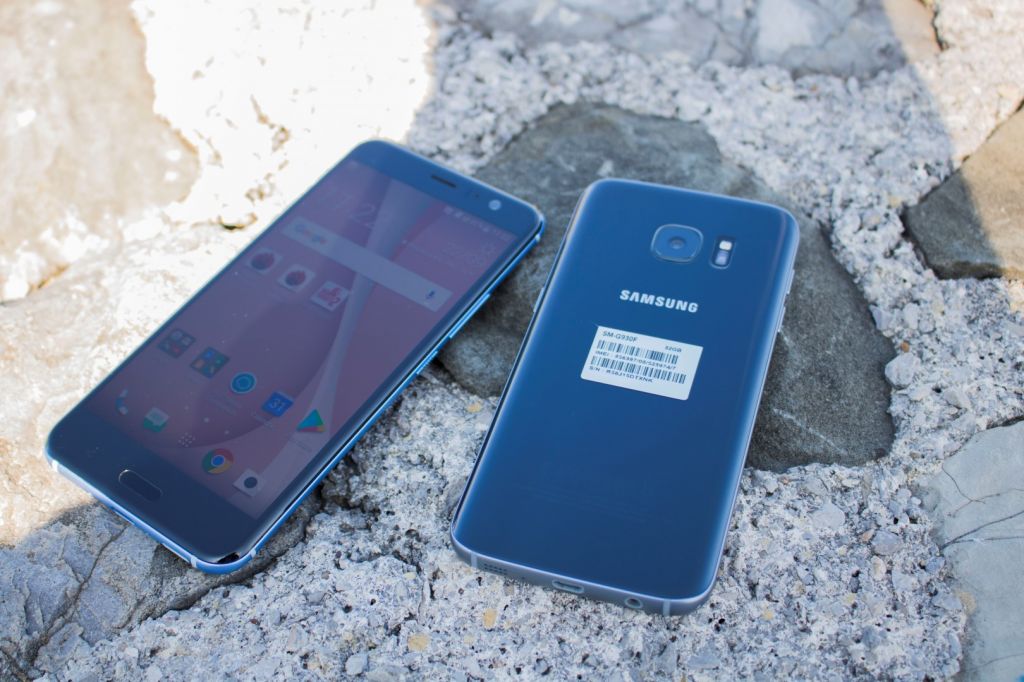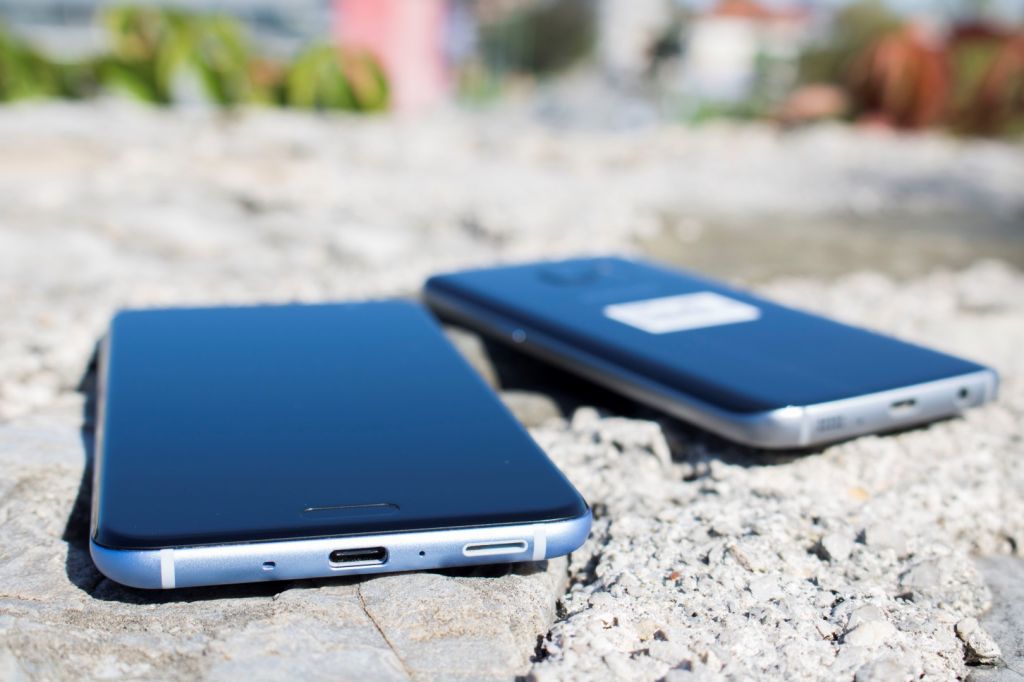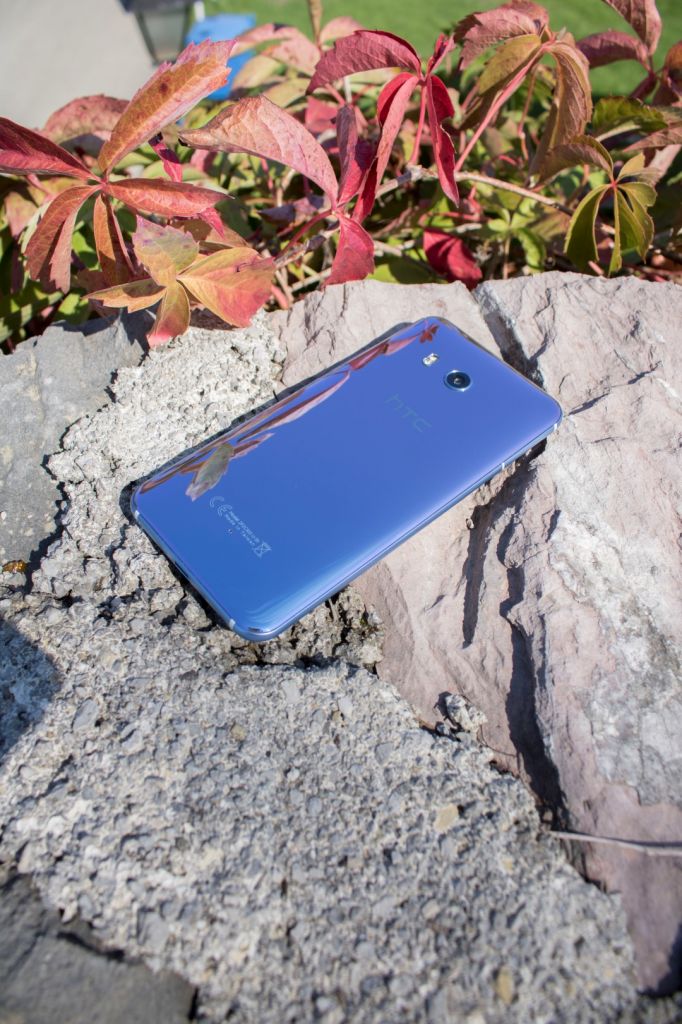
Introduction
The long awaited successor to the last HTC flagship, the HTC 10 has finally come – the U11 is here and it is everything the HTC fans have been hoping for. The gap between these two devices was filled with the U Ultra which didn’t really achieve significant market success, despite having very practical secondary display and interesting color options (we had a Sapphire Blue one in our test). The U11 is a modern device with the best chipset available, new design and incredible audio experience (HTC Boom Sound). Speaking of the design, HTC has, for the U11, opted for Corning Gorilla Glass 3 on the back instead of the aluminum chassis we had on the previous model. Stereo speakers are a real treat for your ears, and the Boom Sound is also here to improve audio experience even more. The trend of removing 3.5mm ports continues with the U11 as well, and that could be taken as a downside. The device is waterproof, which is really becoming standard for premium class devices. The camera has 12MP resolution, and as seen on the DxO mark website, it scored 90 out of 100, which is an amazing result. The thing that the HTC focuses on in their marketing campaign for the U11 is: EdgeSense. This is a brand new way of interacting with your device through pressing the side edges of the device, but more on that a little later. Inside the factory box of the U11 we can find: a SIM tray tool, warranty card, user manuals, a screen wiping cloth, a hard protection case, a USB Type-C to 3.5mm port adapter, Type-C in-ear headphones with some spare earbuds, Type-C USB cable and HTC charging adapter with Qualcomm Quick Charge 3.0 support. We have the Amazing Silver color device, but also available are: Sapphire Blue, Brilliant Black, Ice White and Solar Red. Let’s now take a look together at what the true HTC flagship for 2017 brings us.
Video review
Unboxing
Display
Something the U11 misses in 2017 is an edge-to-edge display with an unusual aspect ratio as we could see in LG and Samsung devices. The U11 has a traditional 16:9 aspect ratio display with a 5.5” diagonal, which covers 71.4% of the front panel. The resolution of the display is QHD (2560 x 1440) which is typical for a flagship device. 5.5” diagonal combined with this resolution translates to 534 PPI. While Samsung uses their SuperAMOLED, and LG OLED displays – HTC stayed true to themselves and used Super LCD5 displays for their U11 devices, which can show up to 16 million colors. Corning Gorilla Glass 5 is used to protect the screen. Speaking of the views on this display, we can say that Super LCD5 showed some really good results. It does not quite reach the Samsung’s SuperAMOLED’s or LG’s OLED’s levels but it really does provide decent results. Colors are nicely saturated, the sharpness is excellent, but the visibility on the sunlight is not quite on par with the competitors. Brightness of the display can be manually adjusted, or the Auto mode can be used, which uses the brightness sensor located next to the front facing speaker. The display supports two working modes: Vivid and sRGB (Super RGB). It is worth to mention the Night Mode which serves for releasing the stress on the eyes during use in the dark. Glove mode will allow you to use the U11 while wearing gloves, which will really help during cold weather use. We also welcome the presence of Double Tap to Wake Up & Sleep function. The thing that the competitors have, and the U11 doesn’t, is HDR support and AlwaysOn display which can be very practical and useful, and which we have had a chance to see in LG and Samsung devices. We will not take the lack of HDR support as a big disadvantage considering the (un)availability of the HDR content.
Hardware and OS
HTC U11 keeps up with the competitors in terms of the hardware and the OS. The HTC’s beast is powered by the most powerful chipset available: the Qualcomm Snapdragon 835. This is an octa-core Kryo 280 chipset which has its cores divided into two quad-core clusters, with four stronger cores for more demanding operations and four power saving cores for everyday use. The stronger cores are clocked at 2.45 GHz, while the weaker cores are clocked at 1.9 GHz. The next component that makes out this chipset is the Adreno 540 GPU. The GPU is absolutely capable of executing all demands and it represents the perfect choice for QHD resolution of the display. Multitasking is made very easy with 4GB of LPDDR4 RAM, while there is 64GB of internal storage memory. Storage is expandable by a microSD card up to 2TB in theory. Only this version was available at the start of the U11 sales, but later the 6GB of RAM and 128GB storage version was released. Performances of this device are, in a word – remarkable. Everything works perfectly fluently, and more demanding applications, such as some games, are executed with perfect ease with amazing visuals. Slight overheating is noticeable during heavy gaming, but it is within normal limits since hardly any game can use this CPU at its full potential. This device runs on Android 7.1 Nougat OS which has been modified by HTC and uses Sense UI. Interface is very well-known by all HTC users: swiping from left to right, we get to “Blink Feed”, and the HTC provided the typical menu. The lock screen shows the time in the top left corner, and the weather and date in the top right, while showing the notifications in the central part. Beneath the screen there are capacitive buttons, so on the left there is the Back button, and on the right is the multitasking button. The central button has double functionality: if you choose to use the fingerprint scanner it will serve to unlock your device, and it will do this very accurately and quickly. The second use is to return you to the Home screen. Oreo upgrade is announced for this device, as well as for the HTC 10 and the U Ultra. The thing that sets the U11 apart is definitely EdgeSense which is a new way of interaction with your Android device: you simply “squeeze” the U11 in your hand which will open up the camera application, or whichever other application you have set. This function is active in the sleep mode as well. You can also shoot photos by simply pressing the sides of your device. Another option is that you can set-up the EdgeSense to, for example, open up the camera with a shorter press, while the longer press opens, for instance, Google Assistant. Great, isn’t it?
Camera
Little by little, we come to the segment which made the U11 famous, as it became the highest graded device on the DxO Mark web-site. We have a 12MP main camera, with an aperture of f/1.7. The main camera uses DualPixel technology which can use each pixel as the focus pixel, and brings incredible focus speeds which we could previously see only in Samsung S7/S7 Edge and S8/S8 Plus devices. Of course, the optical image stabilization (OIS) is present, and for low light shooting conditions, the U11 leans on a two-tone Dual-LED flash. HDR mode supports Auto function, meaning that you don’t have to worry about it; the device will do it for you when necessary. The PRO mode stores photos in RAW format and it offers plenty of parameter settings, even up to 32 seconds of exposition, which will provide remarkable photos if used with a tripod even in low light conditions. Day time photos are placed at the very top of what smartphones can offer. Digital noise is kept under control, and very good balance between noise levels and retention of details makes photos even better and with more details. Interface is very simple, no issues there at all. 4K video is, of course, also supported, and it is perfect. Colors are excellently reproduced, the FPS is stable, and even extracting frames from a video results is amazing photos. Taking photos simultaneously during video capturing is also possible, but in 8.7MP, and thanks to U11’s three microphones, recording 3D and Hi-Res sound is also made possible. When you swipe to the Video mode, a notification will remind you not to cover up any of the microphones. Of course, you can lower the resolution down to MMS quality. FullHD video is captured at the maximum of 120fps and it looks outstanding. HDR video mode is also supported. Speaking of the front facing camera, we have a 16MP sensor with no auto-focus system and an aperture of f/2.0. Photos made by this camera are great, with very detailed scenes and well-adjusted focus distances for very high quality selfie images. The U11’s front facing camera does not support OIS, which as we remember, the HTC 10 did, alongside the auto-focus as well. This camera captures videos in 1080p FullHD resolution.
Connectivity
Let’s now take a look at the list of connections built into the U11, starting with the SIM tray. Our device is SingleSIM, with one tray that supports a nanoSIM card next to which is a microSD card slot. New standard – the USB Type-C – is used for charging and data transfer. The lack of 3.5mm audio port is definitely a disadvantage, but it’s somewhat mitigated since the factory box contains the Type-C to 3.5mm adapter. Speaking of wireless connections, we have:
- WiFi 802.11 (HotSpot mode)
- Bluetooth 4.2
- NFC
- A-GPS
- DLNA
Supported frequencies:
GSM-2G: 850 / 900 / 1800 / 1900 MHz
WCDMA-3G: 850 / 900 / 1900 / 2100 MHz
LTE-4G: 700 / 850 / 900 / 1700 / 1800 / 2100 MHz
Battery
The battery has 3000 mAh capacity and it is not removable. It is a typical Lithium-Ion battery which uses Type-C connector to charge up, and it supports fast charging implemented through the Qualcomm Quick Charge 3.0 system.
Results are:
- around 340 hours in stand-by
- around 24 hours talking time using 3G networks
Final words
HTC has finally provided its users with a true flagship device. The camera really sets new standards for this class, and excellent design with glass build and unusual colors, as well as excellent hardware reminds us of the golden age of HTC. A downside of this device is definitely the lack of 3.5mm audio port, as well as IP67 certification, because the competitors usually have IP68. Also, color saturation and visibility on the sunlight isn’t a strong spot of LCD panels, so the competitors that use OLED and AMOLED panels have a slight advantage. All these flaws become overshadowed as soon as you open the camera application, or simply take a look the flawless design of the U11 – this is precisely why we consider it an excellent flagship device, and why we honestly recommend it to an advanced user.
Do you like the new HTC U11? We’d like to see your opinion in the comment section below. If you have any ideas or you would like to see a specific device being reviewed soon, feel free to let us know here or on our Facebook page. If you liked this review, subscribe to our Youtube channel, like us on Facebook, and sit back and relax while we make more of the same for you.
Advantages and disadvantages
Reasons for and against it
perfect camera
design
excellent camera
microSD storage expansion
lack of 3.5mm port
only IP67




